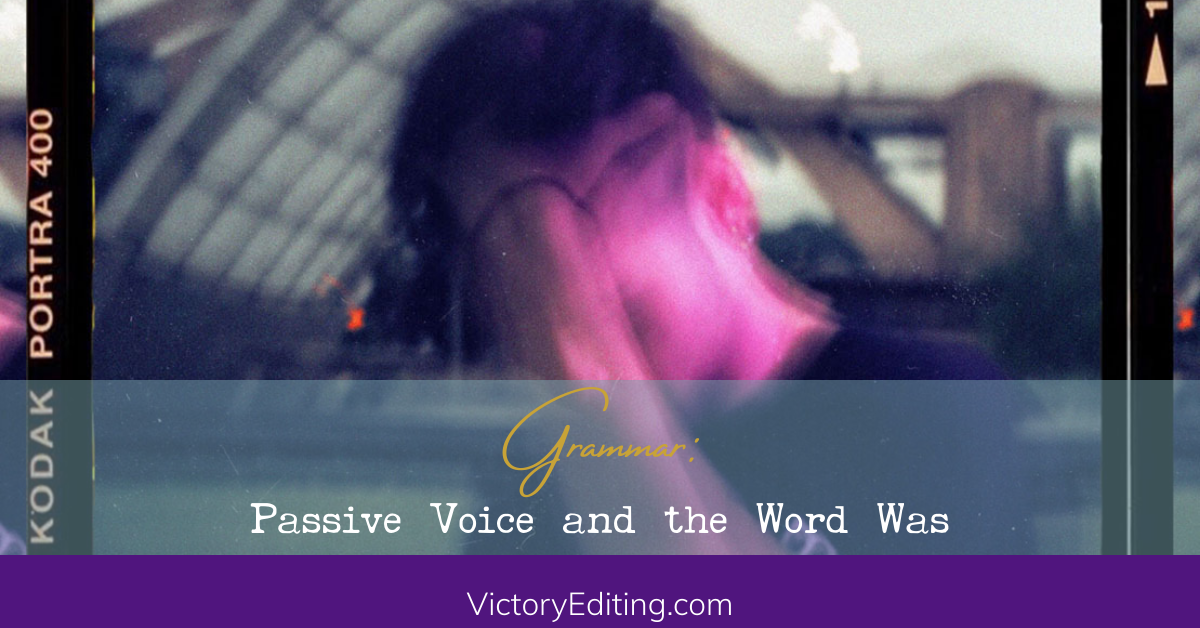I had a friend email me a sample edit today that she’d gotten from another editor. She was a bit confused because the editor had flagged every instance of the word “was” as “passive voice.” I actually run across this from time to time, so I thought I’d post here. If you already know this, great. 🙂
First—what makes something passive voice if not the word was?
It’s whether or not the subject is performing the action or being acted upon. Think about it—if you do something, you’re being active. If you just sit there and take it, however, you’re being passive. 🙂
So, let’s use three very simple sentences as examples:
1) She was shaking her head. ACTIVE
2) She shook her head. ACTIVE
3) Her head was shaken. PASSIVE
Example 1: This is past progressive / continuous. You want to use this to indicate action that is either still ongoing and also when you have a sequence of events. She shook her head when I walked in the room is very different from She was shaking her head when I walked in the room. You see the difference there? The first sentence reads that she shook her head at the exact same time the subject of the sentence walked in. The second sentence implies that she was already shaking her head.
Example 2: Simple past—She shook her head. This is pretty straightforward. She shook her head and now she’s done shaking it.
Example 3: This is passive voice. We know this because her head is the subject of the sentence, but it is not performing the action.
Summation:
Please don’t go through your manuscript in an effort to eradicate the word was. And as always, feel free to ask if you have a question. Hope this helps.
Photo by Mahjur Ahmed on Unsplash
Hi! I’m in the process of putting together a grammar class. You can click below to see what classes are coming down the pike and to sign up to be notified when they launch. I can’t wait to see you there!


